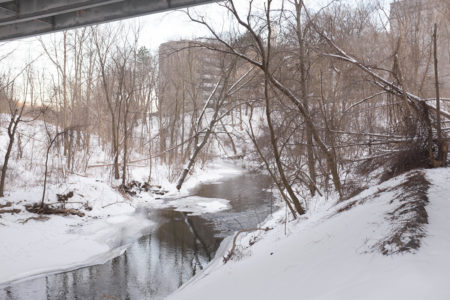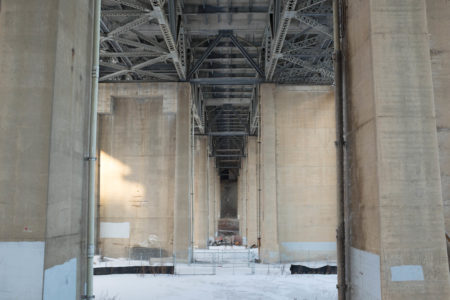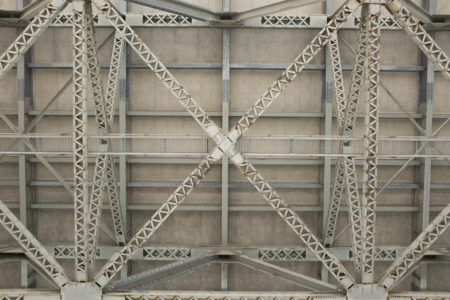Back in September, The Economist devoted a week’s letters page to responses to their article “How did American ‘wokeness’ jump from elite schools to everyday life?“.
A couple make particularly interesting points:
Your warning on the dangers of wokeism would leave many of the old thinkers on the left turning in their graves. The stunt pulled by the illiberal left is their assertion that they are the champions of the marginalised. I do not doubt many are sincere, just as the leaders of the Catholic church were sincere in the Inquisition. Religious fundamentalists of all sorts are sincere. But thinking you know best does not qualify for making a better world. Unless you are willing to debate your ideas openly, you are by definition an authoritarian conservative.
The modern-day book-banners, no-platformers, deniers of free speech and opponents of universalism in the name of identity politics are not of the left, the liberal left or even the New Left of the 1960s. As a student in the 1960s, I marched to demand free speech, the end of the war on Vietnam and civil rights. We were condemned as communists and beaten if unlucky to be near a police baton. Voltaire and John Stuart Mill inspired us. This is what Eric Hobsbawm, a British Marxist, had to say on identity politics:
The political project of the left is universalist, it is for all human beings… It isn’t liberty for shareholders or blacks, but for everybody… It is not fraternity only for old Etonians or gays, but for everybody. And identity politics is essentially not for everybody but for members of a specific group.
The Economist has got the ball rolling in the right direction.
Tor Hundloe
Emeritus professor
University of Queensland
Brisbane, Australia
I would quibble that people unwilling to publicly debate ideas could have any non-pluralistic political ideology, from authoritarian conservatism to authoritarian communism.
The second touches on something I have personally experienced in activist meetings:
One thinks of Michael Macy’s sociology experiments illustrating how, when faced with an illogical group consensus, individuals tend to publicly agree and even condemn dissenters, while privately expressing concern.
Unsupported theories, such as those of the illiberal left, that have taken root in societies require brave individuals to break the cycle and express their disagreement, regardless of the condemnation. But someone else can go first.
Anonymous
New York
I have the sense that most people make most decisions impulsively or intuitively, and the in-the-moment feeling of going along with consensus seems like it will always be more agreeable than the feeling of friction or tension with those around you. The trouble with decisions made intuitively is that they are often based on superficial consideration of a small amount of readily available and emotive data.






